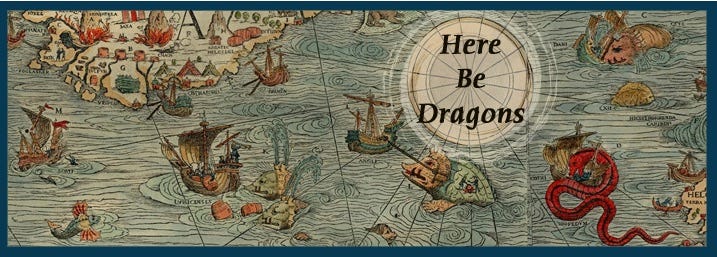
Apparently the causal path from simple dead matter to an expanding visible civilization is very unlikely. Almost everything that starts along this path is blocked by a great filter, which might be one extremely hard step, or many merely very hard steps. The most likely location of this great filter is that the origin of life is very very hard. Which is good news, because otherwise we’d have to worry at lot about our future, via what fraction of the overall huge filter still lies ahead of us. And if we ever find evidence of life in space that isn’t close to the causal path that led to us, that will be big bad news, and we’ll need to worry a lot more.
One of the more interesting future filter scenarios is a high difficulty of traveling between the stars. As we can easily see across the universe, we know that photons have few problems traveling very long distances. And since stars drift about at great speeds, we know that stars can also travel freely suffering little harm. But we still can’t be sure of the ease of travel for humans, or for the sort of things that our descendants might try to send between the stars. We have collected a few grains of interstellar dust, but still know little about them, and so don’t know how easy was their travel. We do know that most of the universe is made of dark matter and dark energy that we understand quite poorly. So perhaps “Here Be Dragons” lie in wait out there for our scale of interstellar travelers.
Many stars, like ours, are surrounded by a vast cloud of small icy objects. Every once in a while one of these objects falls into a rare orbit where it travels close to its star, and then it becomes a comet with a tail. Even more rarely, one should fall into an orbit that throws it out away from its star (almost always without doing much else to it). Such an object would then travel at the typical star speed between stars, and after billions of years it might perhaps pass near one other star; the chance of two such encounters is very low. And if the space between stars is as mild as it seems, it should arrive looking pretty much as it left.
Astronomers have been waiting for a while to see such an interstellar visitor, and were puzzled to have not yet seen one. They expected it to look like a comet, except traveling a lot faster than do most comets. Well within roughly a year of a new instrument that could see such things better, we’ve finally seen such a visitor in the last few months. It looked like what we expect in some ways. It is traveling at roughly the speed we’d expect, its size is unremarkable, and its color is roughly what we expect from ancient small space objects. But it is suspiciously weird in several other apparently-unrelated ways.
First, its orbit is weird. Its direction of origin is 6 degrees from sun’s motion vector; only one in 365 random directions are closer. And among the travel paths where we could have seen this object, only one in 100 such paths would have traveled closer to the sun than did this one (source: Turner). But one must apparently invoke very strange and unlikely hypotheses to believe these parameters were anything but random. For now, I won’t go there.
Second, the object itself is weird. It does not have a comet tail, and so has apparently lost most of its volatiles like water. If this is typical, it explains why we haven’t seen objects like this before. The object seems to be very elongated, much more than any other natural object we’ve ever seen in our solar system. And it is rotating very fast, so fast that it would fly apart if it were made out of the typical pile of lightly attached rubble. So at some point it experienced an event so dramatic as to melt away its volatiles, melt it into a solid object, stretch it to an extreme, and set it spinning at an extreme rate. After which it drifted for long enough to acquire the usual color of ancient space objects.
This raises the suspicion that it perhaps encountered a dangerous “dragon” between the starts. Making it “dragon debris.” If the timing of this event were random, we should see roughly one a year in the future, and with new better instruments coming online in a few years we should see them even faster. So within a decade we should learn if this first visitor is very unusual, or if we should worry a lot more about travel dangers between the stars.
Added 30Oct2018: The object is even more interesting: it started out at rest wrt galaxy, and seems to be paper thin.










Eh, the idea of complex life evolving but not having a desire for power and security seems unlikely to me. Even if it lasted long enough to form a civilization, it would only take a single individual being born slightly more greedy to kick off a spiral of competition.
You would disassemble something as amazing as Jupiter so that could be more people? More cheeseburgers and cellphones?
ps. This reply goes to Aaron Docherty one comment up.